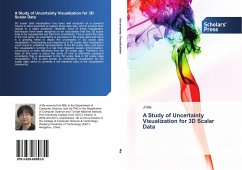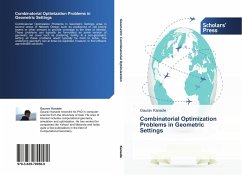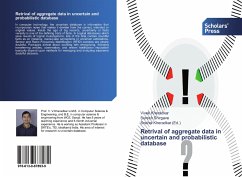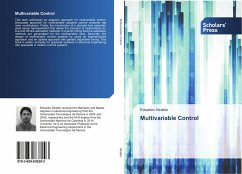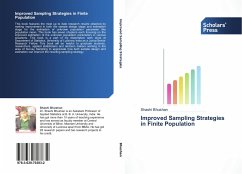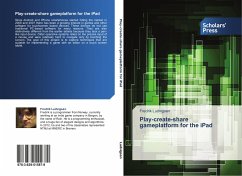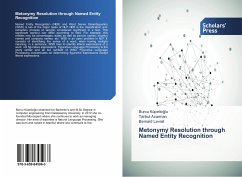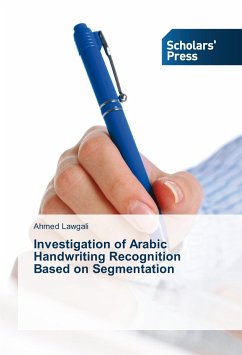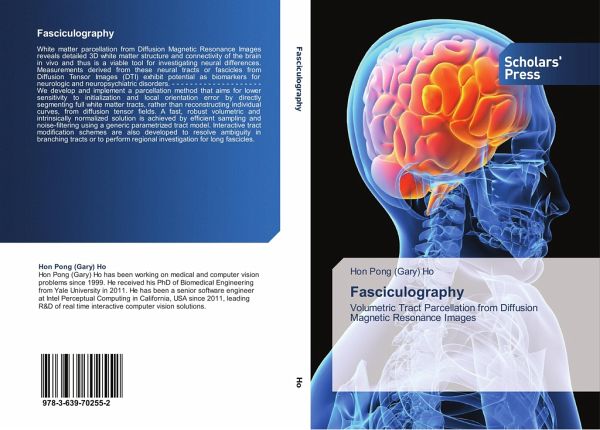
Fasciculography
Volumetric Tract Parcellation from Diffusion Magnetic Resonance Images
Versandkostenfrei!
Versandfertig in 6-10 Tagen
53,99 €
inkl. MwSt.

PAYBACK Punkte
27 °P sammeln!
White matter parcellation from Diffusion Magnetic Resonance Images reveals detailed 3D white matter structure and connectivity of the brain in vivo and thus is a viable tool for investigating neural differences. Measurements derived from these neural tracts or fascicles from Diffusion Tensor Images (DTI) exhibit potential as biomarkers for neurologic and neuropsychiatric disorders. - - - - - - - - - - - - - - - - - - - - We develop and implement a parcellation method that aims for lower sensitivity to initialization and local orientation error by directly segmenting full white matter tracts, r...
White matter parcellation from Diffusion Magnetic Resonance Images reveals detailed 3D white matter structure and connectivity of the brain in vivo and thus is a viable tool for investigating neural differences. Measurements derived from these neural tracts or fascicles from Diffusion Tensor Images (DTI) exhibit potential as biomarkers for neurologic and neuropsychiatric disorders. - - - - - - - - - - - - - - - - - - - - We develop and implement a parcellation method that aims for lower sensitivity to initialization and local orientation error by directly segmenting full white matter tracts, rather than reconstructing individual curves, from diffusion tensor fields. A fast, robust volumetric and intrinsically normalized solution is achieved by efficient sampling and noise-filtering using a generic parametrized tract model. Interactive tract modification schemes are also developed to resolve ambiguity in branching tracts or to perform regional investigation for long fascicles.



